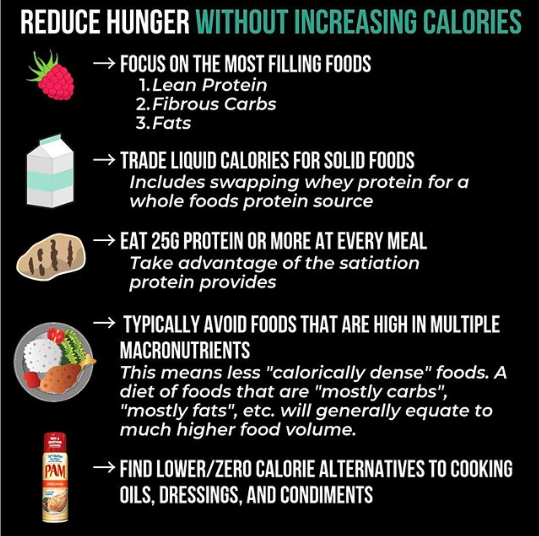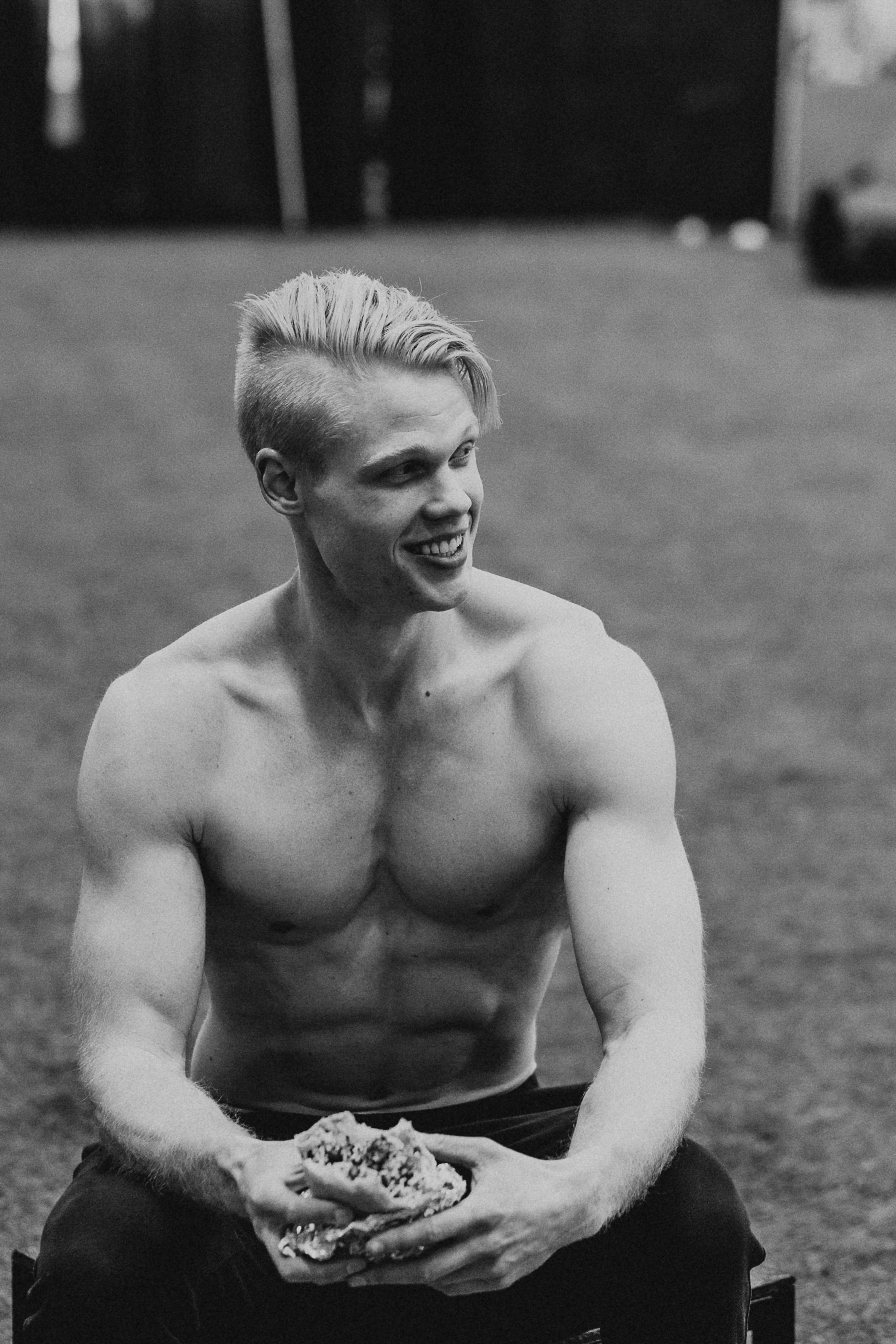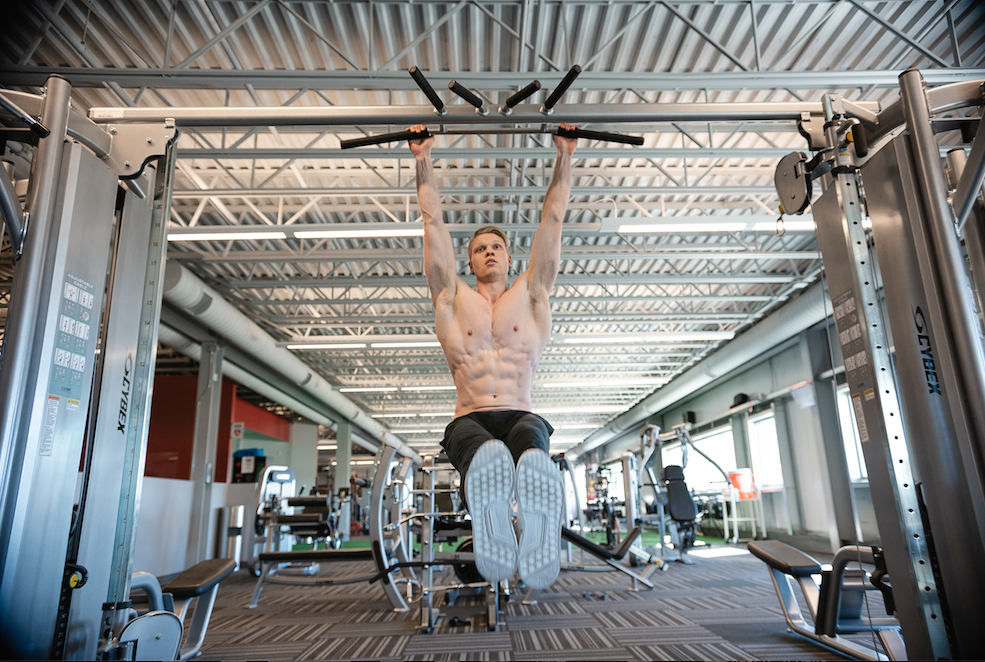Ever stumble across a line in a book, or hear someone you look up to say something makes you say...
"Oh shit..."
I'm talking moments and ideas that completely change how your perceive your life, and the world around you.
Here are my top five "oh shit" ideas.
1. Willpower Is NOT A Finite Resource… It’s An Emotion
This is an idea I came upon very recently in Nir Eyal's book Indistractible. (Highly recommend.)
We've all been conditioned to think of willpower as something that "runs out" after an extended period of hard work.
^Hard work calls for some time on the couch, as you wait for you drained willpower reserves to refill... right?
Well, as Indistractible discusses, recent research seems to show that willpower isn't some finite resource we "run out of".
Instead, it seems it's similar to an emotion like anger or sadness - we don't "run out" of these - they're triggered by our current circumstances and environment.
None of this is to say we shouldn't take time of to rest and relax.
But just be aware when rationalizing why "you need a break" is actually a false belief stopping you from achieving your goals.
2. Everything In Your Life Is Your Fault
Look - incredibly unfortunate things happen to great people. There's no denying that.
But the reality is - someone out there who had it worse than you, has achieved what you want.
Really, wherever you're at right now in life is 100% a product of how you've reacted to the circumstances you've been dealt.
I spent years on the flipside of this train of thought - constantly thinking about how unfair my life was... literally spending hours of my day imagining what my life could have been like if certain events never happened.
Thinking like this gets you nowhere.
The only person that has the power to change your situation is you. And change ONLY comes from actually putting in dirty, grueling work - day after day.
Not from thinking about doing the work.
Not from complaining.
Not from gossiping about how "lucky" those who have what you want are.
No matter your circumstances - the ONLY way to get what you want is to take ownership of your life, quit complaining, and do the work.
3. You’re A Better Version Of Yourself When You’re Present.
The ability to be present is a huge gift - both in your leisure time with the people you love, and in your work.
This is why practicing meditation has had such a life-changing effect on me.
In your relationships - the ability to be present gets you out of your head. You stop trying to impress people. You stop thinking about the best way to respond, and actually listen to people. You let your guard down, and build much deeper relationships.
In your work - being present creates flow.
Remember a time when you were thinking really hard on a project. Every centimeter of progress feels clunky, and painfully drawn out.
Now, remember a time when you were in the zone. Everything is seemingly effortless - you're amazed at your ability to create such quality work, and the ease at which it flows.
You were in a flow state.
When this was going on, were you thinking?
Being present is the antidote to overthinking - in relationships & in work.
Admittedly, it's hard - and something I struggle with constantly. But meditation has helped my cause tremendously.
If you're interested, I highly recommend the Headspace app.
4. The Compound Effect Of Small Distractions Is Massive
In the amazing interview between Cal Newport and James Clear, Newport at one point mentions the huge cost time cost that seemingly small distractions have over the course of your life.
This ties into the idea of "attention residue" - basically, when our brain changes tasks (think: checking an email in the middle of writing a blog post), some attention residue is left behind. Even if you're not consciously processing it - your brain is still circling the previous task - and making you less effective at the current one.
Every time you check social media or ESPN (even if only briefly), in the middle of an important task, you're leaving attention residue behind.
Over the course of a day, all these little pieces of attention residue add up to A LOT of wasted or ineffective time.
Over the course of your life... terrifyingly large.
For important work, it's incredibly helpful to block out uninterrupted chunks of time, away from notifications & temptations.
5. Nobody Thinks About You
If you're anything like me, you've probably spent countless hours over-analyzing every interaction you've had with others.
"I can't believe I said that."
"I can't start promoting my business on social media! What will ______ think?"
You get the idea. We've all tormented ourselves we these thoughts endlessly.
We're always thinking about how other people might perceive us... and everyone else is caught up in the same thought loop.
Basically, the people that you're scared are judging you... are actually too busy worrying if you're judging them... to actually think about or place judgement on you.
To quote Steven Pressfield:
"The amateur fears becoming who he really is because he fears that this new person will be judged by others as “different”. The tribe will declare us “weird” or “queer” or “crazy.” The tribe will reject us.
Here’s the truth: the tribe doesn’t give a shit.
There is no tribe.
That gang or posse that we imagine is sustaining us by the bonds we share is in fact a conglomeration of individuals who are just as f*cked up as we are and just as terrified. Each individual is so caught up in his own bullshit that he doesn’t have two seconds to worry about yours or mine, or to reject or diminish us because of it.
When we truly understand that the tribe doesn’t give a damn, we’re free. There is no tribe, and there never was.
Our lives are entirely up to us."

About The Author
Jeremiah Bair is a certified nutrition coach, strength coach, and owner of the Online Coaching Business Bairfit. His Instagram is noticeably missing any calf pictures.
































